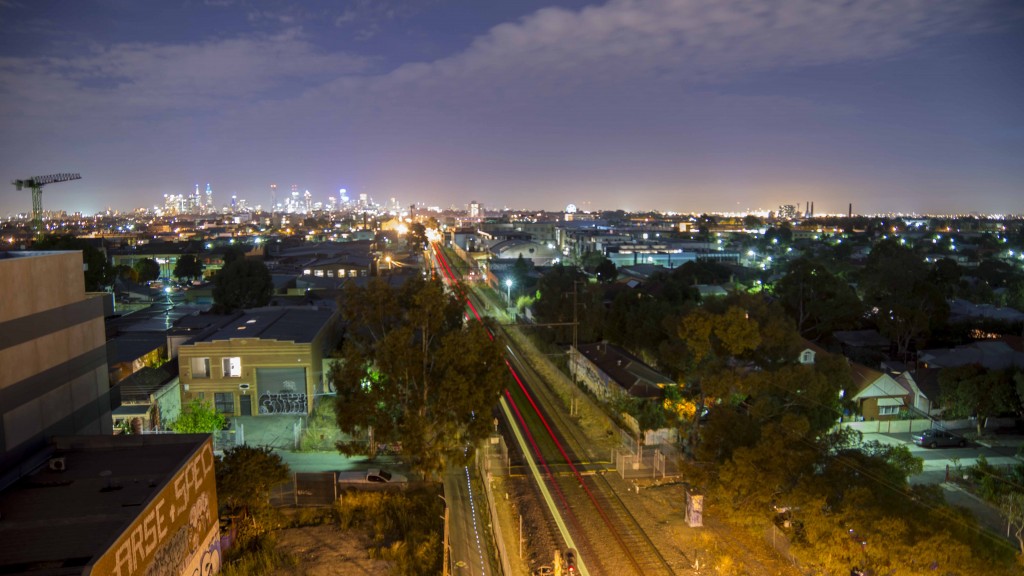School and work within our society is based on an industrial model, premised from the nineteenth century. Restricted to sunlight for visibility, the people of the nineteenth century based their active hours around the cycle of the sun. After electricity was introduced in the twentieth century, society still maintains the same work structure. Even though electricity removes the boundaries of daytime for working and nighttime for sleeping. Today we still follow this pattern as schooling and business hours are considered to occur between the time of 9am – 5pm. However:
“A growing amount of research finds that teenagers are wired to sleep later and can benefit from school days that start later” (Wall Street Journal 2014).
This has been proven by countless amounts of research and shows that the post industrial age that we live in is comprised of occupations that no longer benefit from an industrial work model. For example, media students such as myself are preparing for jobs that require later working hours. I’d like to become a film editor and the nature of the occupation is associated with late night working. Maybe this is because daytime footage is provided to an editor at the end of a day, required for the following day, edited, leaving them no choice. However potentially, editors may work late just because there may not be a time constraint, demonstrating a preference for some to work at night. As Adrian mentioned in our first symposium: students are not at university to learn the content, but rather to learn the way of thinking that is most relevant to the given industry. Although many jobs such as engineering and business management require 9am-5pm work, validating our industrial model of education, clearly other occupations do not. Therefore education models should follow the principle that learning must be practiced in the same environment as it will be delivered, allowing students to attend education at various times.
The city never sleeps:
© Nethaniel Rochester
